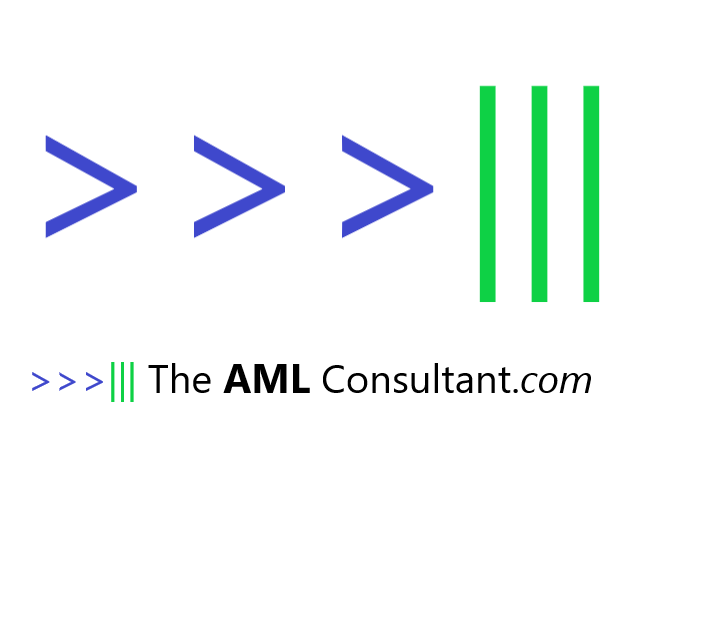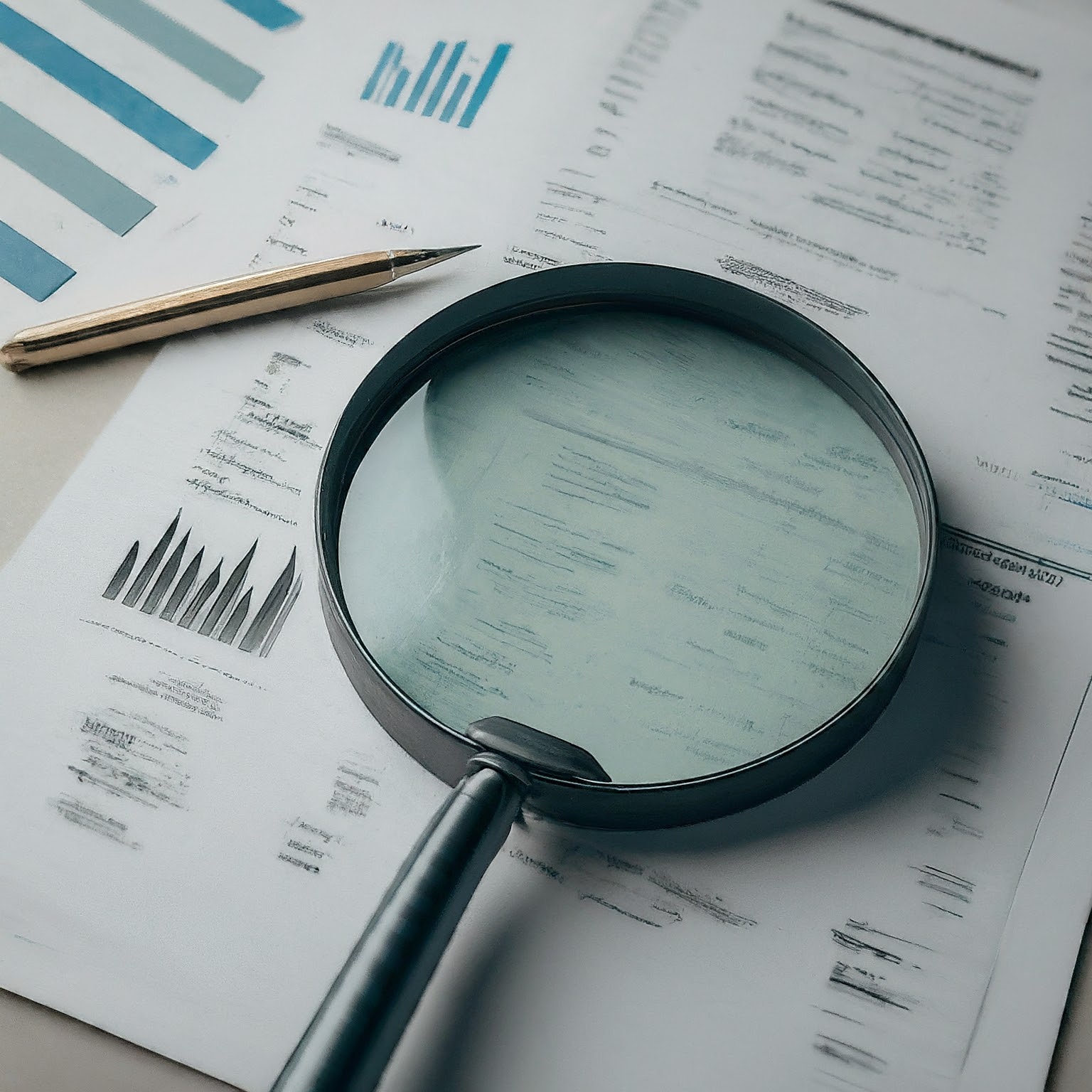Money laundering, the process of disguising the origin of illegally obtained funds, poses a significant threat to financial systems and global security. Understanding its methods and effective countermeasures is crucial in combating this illicit activity. This article delves into the three distinct stages of money laundering and explores the three lines of defense employed to thwart its progress.
The Three Stages of Money Laundering:
Placement: This initial stage involves physically introducing the dirty money into the financial system. This often occurs through cash-intensive businesses, shell companies, or structured deposits, where smaller amounts are deposited across multiple accounts to avoid detection.
Layering: Here, the funds are obfuscated through complex financial transactions to create distance between the illicit source and the laundered money. This might involve multiple transfers across different jurisdictions, layers of shell companies, or trades in high-value assets like jewelry or art.
Integration: Once sufficiently layered, the funds are reintroduced into the legitimate financial system, appearing clean and accessible for further use. This could involve investments, real estate purchases, or even donations to seemingly legitimate charities.
The Three Lines of Defense:
First Line of Defense: This frontline comprises those directly involved in transactions, like bank tellers, accountants, and casino staff. They are responsible for identifying suspicious activity through Know Your Customer (KYC) procedures, transaction monitoring, and reporting anomalies.
Second Line of Defense: This line oversees and supports the first. Compliance officers, risk management teams, and IT specialists develop policies, conduct due diligence, and implement monitoring systems to detect and prevent suspicious activity.
Third Line of Defense: This independent line provides assurance and oversight. Internal audit teams and regulators independently assess the effectiveness of the first two lines, identifying weaknesses and recommending improvements.
Working Together:
The three lines of defense work collaboratively to form a robust anti-money laundering (AML) framework. Effective training, clear communication, and advanced technology empower each line to fulfill its role.
Beyond Awareness:
Understanding the money laundering stages and the defensive lines is crucial, but vigilance is equally important. Reporting suspicious activity, regardless of its perceived significance, can disrupt laundering attempts and bring criminals to justice.
By staying informed and engaged, we can all contribute to building a stronger defense against the shadows of money laundering.
Disclaimer: This article is for informational purposes only and does not constitute professional financial or legal advice. Please consult with qualified professionals for any specific questions or concerns.









Leave a Reply